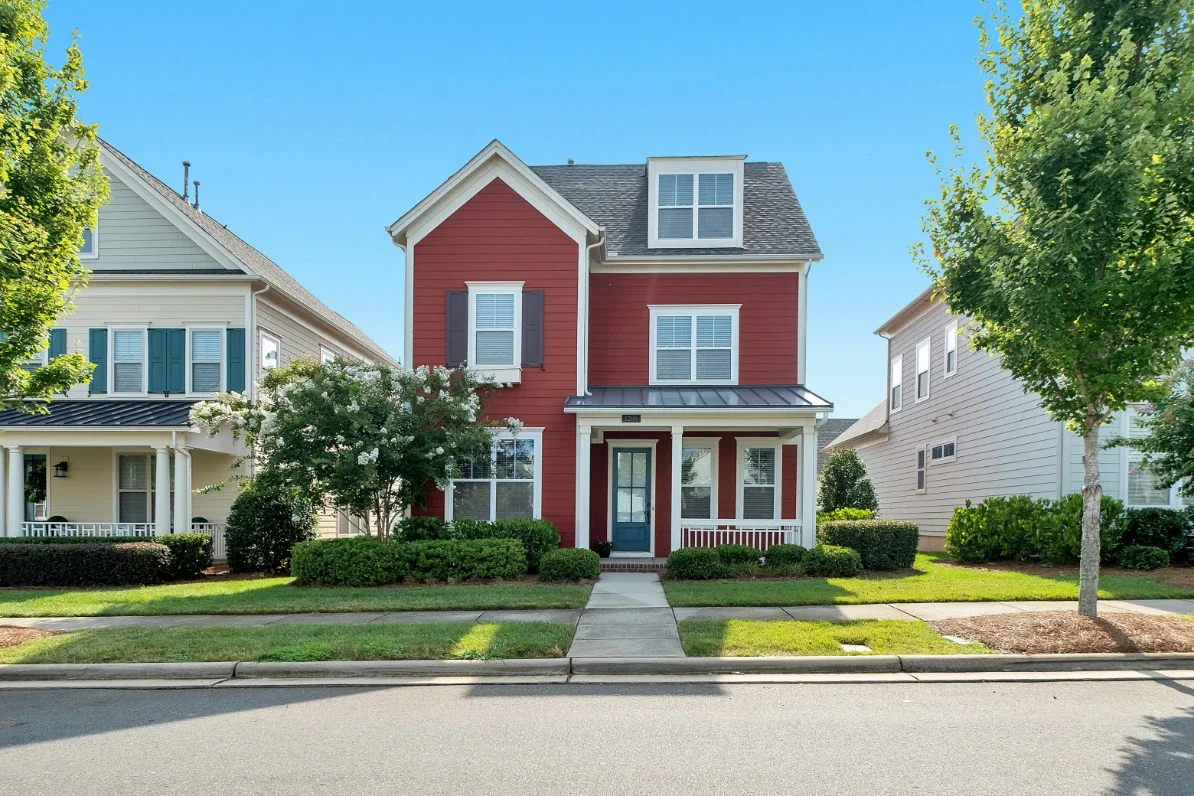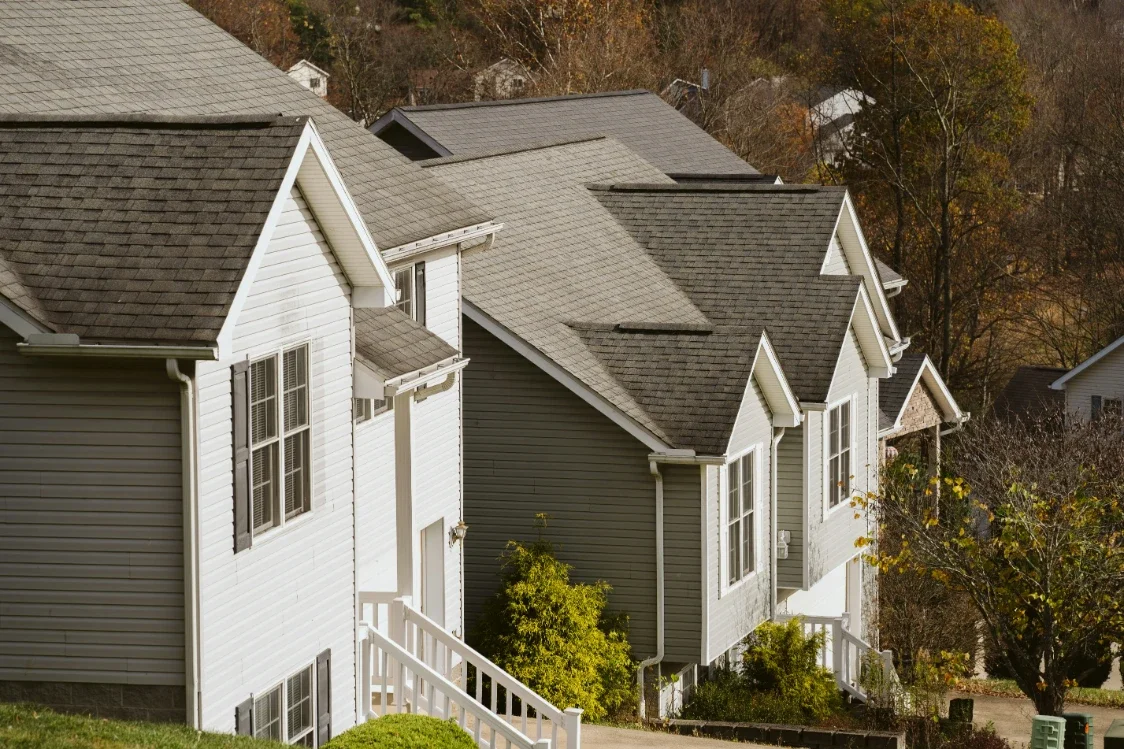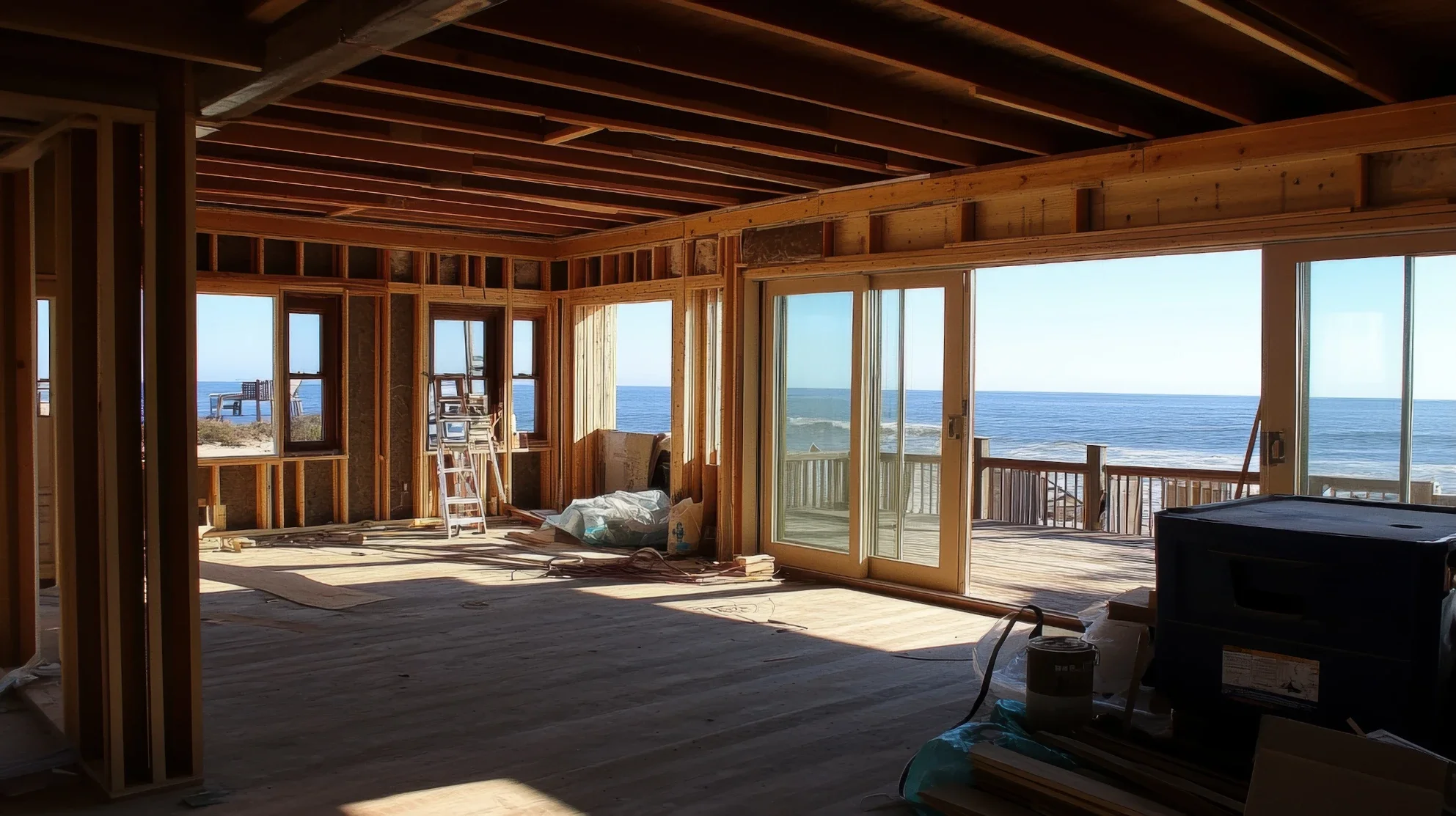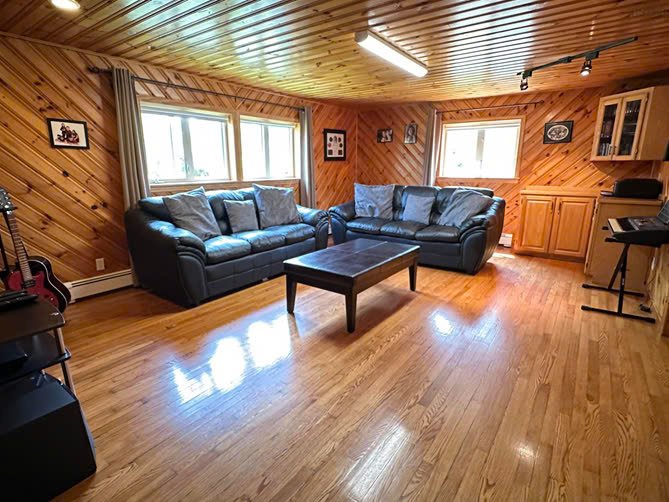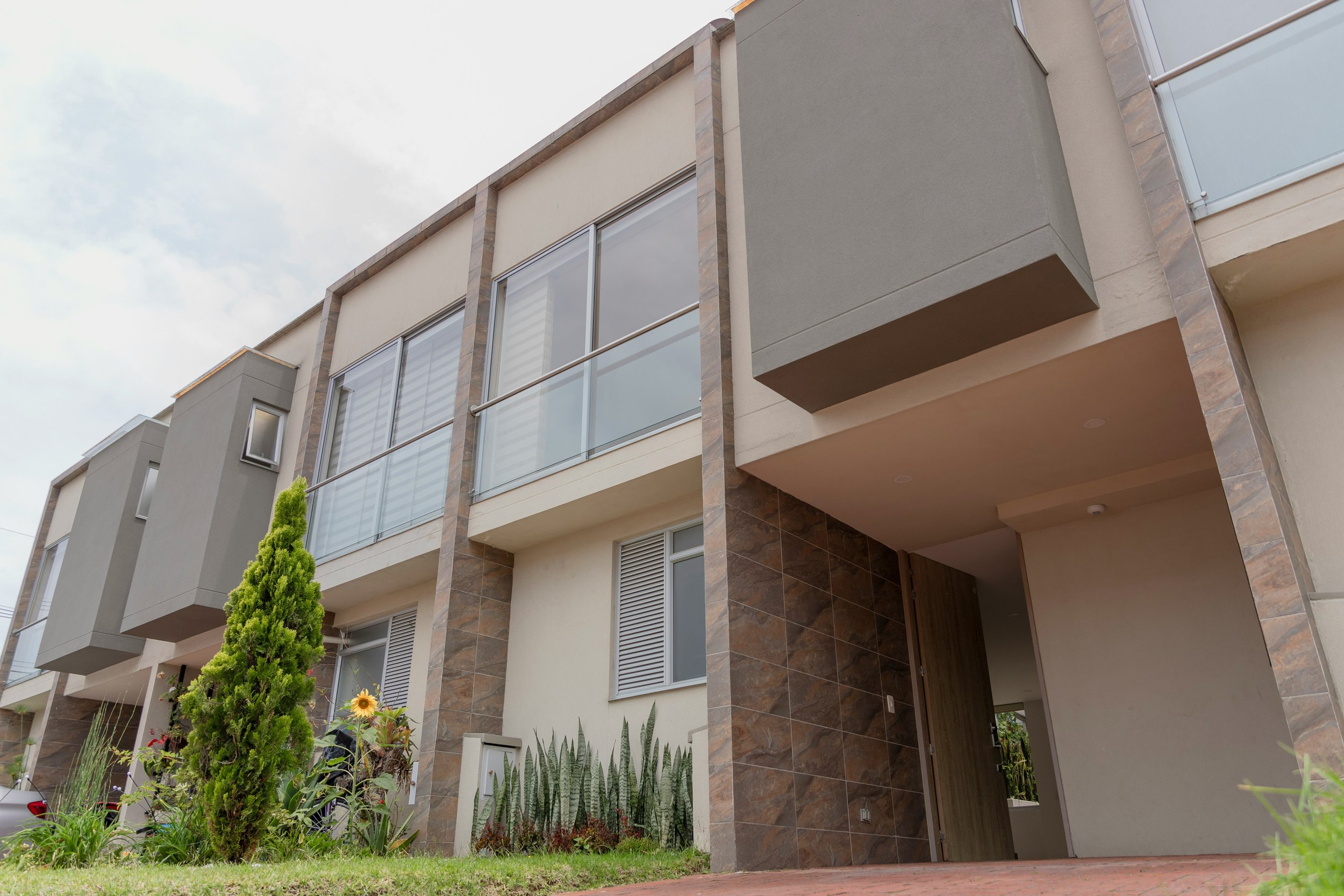Durham Region Real Estate & Lifestyle: 2025 Market Report
Explore the 2025 Durham Region real estate market report—covering housing trends, prices, and lifestyle insights for buyers and investors.
Durham Region, located east of Toronto along the shores of Lake Ontario, has steadily grown into one of Ontario’s most attractive places to live and invest in. With its diverse communities, relatively more affordable housing compared to other parts of the Greater Toronto Area (GTA), and ongoing infrastructure improvements, Durham offers a compelling mix of lifestyle benefits and market potential. For those exploring the market or planning a move, Look4Homes provides in-depth local expertise and resources to help buyers, sellers, and investors navigate opportunities in this thriving region.
In 2025, the region finds itself at a crossroads of opportunity and challenge. Economic factors such as interest rates, employment growth, and immigration trends are reshaping the housing landscape, while lifestyle amenities and community investments continue to make Durham a sought-after destination for residents from across Canada.
This comprehensive report examines the current state of Durham Region’s real estate market, analyzes statistical trends, and explores the quality of life in its municipalities — giving a clear picture of what it means to live, work, and invest here in 2025.
Overview of Durham Region
Durham Region is one of the fastest-growing areas in Ontario, with a population of over 750,000 residents as of 2024. Encompassing eight municipalities — Ajax, Brock, Clarington, Oshawa, Pickering, Scugog, Uxbridge, and Whitby — it covers both urban and rural communities, from bustling city centres to small lakeside towns.
Key facts about Durham Region:
● Population growth rate: Approximately 1.5–2% annually, higher than the provincial average.
● Median household income: About $104,000, slightly above Ontario’s median.
● Employment sectors: Health care, education, manufacturing, construction, and professional services.
● Commuter access: Major highways (401, 407, 418), GO Transit rail and bus services, and planned transit expansions.
This combination of economic stability and accessibility makes Durham an appealing choice for both local movers and those relocating from other regions.
Economic & Demographic Drivers
Durham’s growth story is backed by strong demographic momentum. Statistics Canada’s 2024 estimates show Durham’s population grew by 1.8% year-over-year, surpassing the Ontario average of 1.3%.
Between 2016 and 2024, Durham welcomed nearly 90,000 new residents, with projections from the Ontario Ministry of Finance suggesting a 25–30% population increase by 2046. This expansion is supported by:
Net interprovincial migration from higher-cost markets like Toronto and Vancouver.
International immigration — many newcomers choose Durham for affordability, job access, and quality of life.
Durham’s median household income of $104,000 outpaces Toronto’s $98,000 and Ontario’s $96,000, contributing to a healthier price-to-income ratio and supporting homeownership even in a higher interest rate environment.
Durham Region Real Estate Market in 2025
Average Home Prices (January 2025)
● Region-wide average: ~$880,000
● Detached homes: $950,000–$1.1M in higher-demand municipalities; $800,000–$900,000 in more affordable areas.
● Townhomes: $650,000–$800,000.
● Condos: $500,000–$600,000.
Market Conditions
● Supply levels: Low to moderate inventory, with less than three months of supply in many sub-markets.
● Sales-to-new listings ratio: 55–65%, indicating a balanced to mildly seller-favouring market.
● Days on market: 20–30 days for well-priced properties.
The affordability gap between Durham and Toronto continues to attract first-time buyers and young families eastward.
Municipality-by-Municipality Analysis
Ajax – Popular for waterfront parks and commuter convenience. Avg. home price ~$930,000; townhomes ~$750,000.
Whitby – Combines historic charm with suburban amenities. Detached homes often exceed $1M; townhomes ~$800,000.
Oshawa – Durham’s largest and most affordable city. Avg. home price ~$780,000. Downtown condo growth is strong.
Pickering – High demand due to waterfront living and transit expansion. Detached homes ~$1.1M; condos ~$600,000.
Bowmanville & Clarington – Family-friendly with newer developments. Avg. price ~$840,000.
Uxbridge – Rural lifestyle with recreational appeal. Detached homes ~$1M+.
Scugog & Port Perry – Heritage charm and lakeside living. Avg. ~$920,000.
Brock Township – Rural affordability with avg. price ~$700,000.
Housing Types & Pricing Trends
● Detached Homes – Highest demand, avg. appreciation 6–8% annually over 5 years.
● Semi-Detached Homes – Affordable entry point in older neighbourhoods.
● Townhomes – Growing supply in Ajax, Whitby, Oshawa.
● Condos – Concentrated in Pickering, Oshawa, Ajax; appreciating 4–6% annually.
● Rural Properties – Found in Brock, Uxbridge, Clarington.
Rental Market Trends
According to CMHC’s 2024 Rental Market Report:
● Vacancy rate: 1.1%
● Avg. rent: $1,780 for 1-bedroom (+8.5% YoY), $2,150 for 2-bedroom (+7.9% YoY).
● Oshawa leads rent growth at +9% annually.
Zoning changes under Bill 23 now allow up to three units per lot, creating strong ROI potential for investors (4–6% yields).
Market Forces Shaping Durham’s Housing Sector
Interest Rates: A 1% drop in rates can boost purchasing power by 10%.
Immigration: Federal targets fuel sustained housing demand.
Construction Trends: Focus on mixed-use and transit-adjacent density.
Supply vs. Demand: CMHC projects Durham will need 89,000+ new units by 2031 to meet demand.
Seasonal Market Trends
● Spring (Mar–May): Peak activity, competitive bidding.
● Summer (Jun–Aug): Slower pace, good for buyers.
● Fall (Sep–Nov): Strong surge before winter.
● Winter (Dec–Feb): Low supply but motivated sellers.
Infrastructure & Development Boosting Values
GO Train Lakeshore East Extension to Bowmanville – 4 new stations, projected 3M more riders/year, likely 10–15% value boost near stations.
Highway 407 East Link Completion – Faster GTA travel.
Seaton Development in Pickering – 70,000+ new residents over 20 years.
Lakeridge Health Expansion – Improved healthcare capacity.
Lifestyle in Durham Region
Durham offers top-tier livability:
● Education: High-performing schools, Ontario Tech University, Durham College.
● Healthcare: 5 Lakeridge Health hospitals serving 650,000+ visits/year.
● Recreation: 87% of residents within 2 km of green space.
● Culture: Museums, galleries, and local theatre.
Sustainability & Green Living
● EV Charging Standards in Pickering new builds.
● Whitby’s retrofit grants (up to $5,000).
● Over 1,800 homes received energy-efficiency upgrades in 2024.
Neighbourhood Spotlight: Micro-Market Insights
(content from last expansion here — Ajax, Whitby, Oshawa, Pickering, Clarington, Uxbridge, Scugog, Brock, each with amenities and demographic data)
The Luxury Market in Durham Region
(luxury trends & TRREB stats — waterfront estates, custom builds, luxury townhomes, YoY growth)
Pre-Construction & Development Opportunities
(Universal City Condos, Heights of Harmony, Bowmanville Station, investor PPSF comparisons)
Employment & Economic Resilience
(Ontario Tech, GM Oshawa, Lakeridge Health, logistics hubs, unemployment rate)
Commuter Lifestyle & Transit Advantage
(GO Transit access, hybrid work benefits, TRREB survey stats)
Local Business Growth & Retail Trends
(Oshawa Centre, Pickering Town Centre redevelopment, boutique retail, food culture)
Long-Term Livability Factors
(parks, healthcare expansion, education, safety stats)
Future Outlook & Forecast
● Short-term (2025–2026): 2–4% annual price growth.
● Mid-term (2027–2030): 5–6% growth potential.
● Rental yields remain above 4%, outperforming most GTA markets.
FAQs (Accordion Style)
Q: What is the average home price in Durham Region in 2025?
A: Around $880,000, varying by municipality and housing type.
Q: Which Durham municipalities are the most affordable?
A: Oshawa, Brock Township, and rural Clarington.
Q: What housing types are in highest demand?
A: Detached homes in family-oriented areas and townhomes near transit.
Q: How will infrastructure projects impact the market?
A: Transit and road upgrades are expected to boost demand and property values in connected areas.



